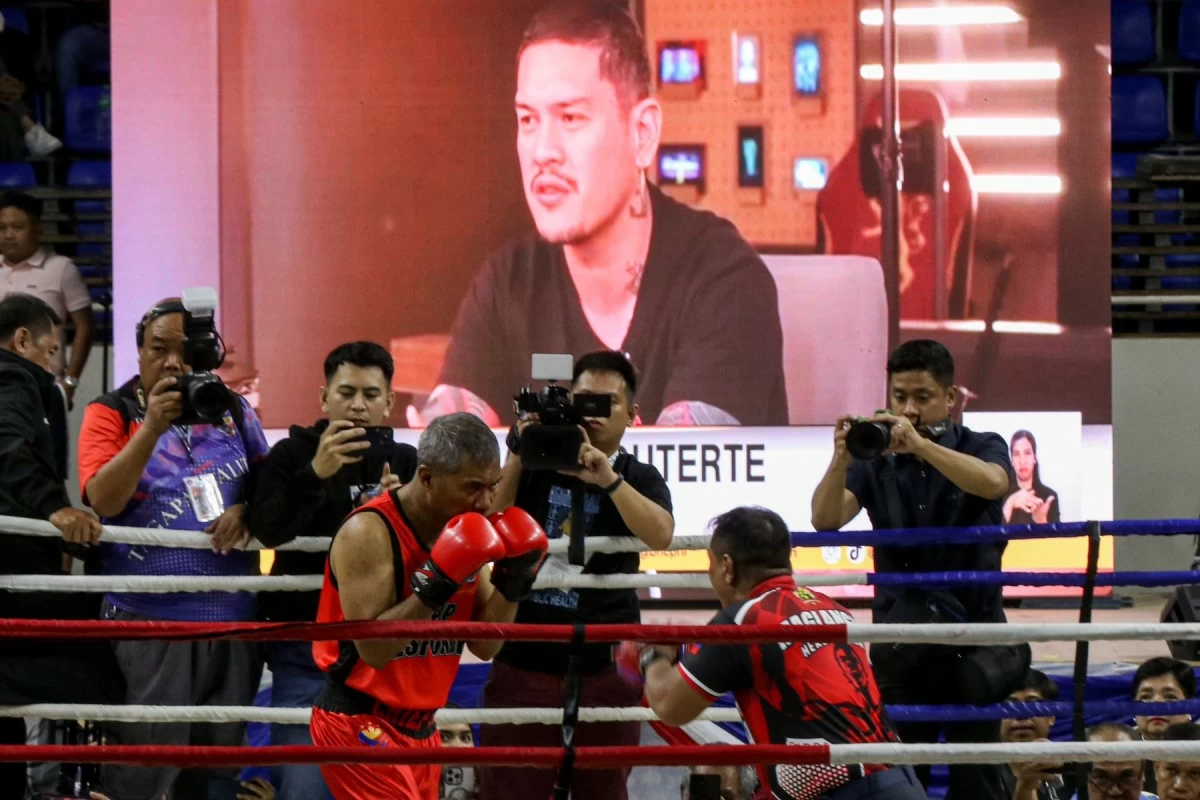
Upgrade to High-Speed Internet for only ₱1499/month!
Enjoy up to 100 Mbps fiber broadband, perfect for browsing, streaming, and gaming.
Visit Suniway.ph to learn
President Marcos is set to deliver his fourth State of the Nation Address (SONA) on Monday, July 28, likely with a familiar backdrop of trains, bridges, and rice—symbols that have come to define his administration’s image of progress. But beyond the stylized visuals and slogans, how much of what he promised in his first three SONAs has actually been accomplished?

Photos from PCO, PPA
Now halfway through his six-year term, the President faces a growing need to move from promises to proof. His administration’s track record on transportation, agriculture, and infrastructure reveals a mixed picture: one key promise has been delivered, while others remain delayed or are still ongoing.
Pillar 1: Rails
In his SONA last year, Marcos spoke of a “railway renaissance” that would modernize public transportation and decongest Metro Manila. Flagship projects, such as the MRT-7, the North-South Commuter Railway (NSCR), the Metro Manila Subway, and the Mindanao Railway, were all positioned as cornerstones of this promise.
Progress on the rails is visible but incomplete. The MRT-7, which will connect Quezon City to Bulacan, is approximately 83 percent complete and is projected to begin partial operations by the end of 2025.
The 147-kilometer NSCR, considered the largest rail project in Southeast Asia, is under active construction, although parts of it have encountered delays due to right-of-way issues.
The Metro Manila Subway, hailed as the country’s first underground railway system, finally began tunneling in 2023. Marcos hopes to inaugurate it by the end of his term.

President Ferdinand 'Bongbong' Marcos Jr. inspects the Camp Aguinaldo Station construction site of the Metro Manila Subway Project on July 16, 2025 (PCO)
Meanwhile, the Mindanao Railway Project, like the South Long Haul Project in Bicol, remains stuck in pre-construction, with key procurement hurdles and land acquisition delays slowing its rollout.
Despite these setbacks, the Department of Transportation has pushed forward with innovations aimed at improving the commuter experience. This month, the government formally launched the cashless transactions at MRT-3 stations, allowing passengers to tap debit and credit cards or use GCash QR codes directly at entry points—a move that modernizes fare collection and reduces queuing time. The system is expected to be gradually expanded to other rail lines, including LRT-1 and LRT-2, in the coming months.
In addition, a range of fare discount programs has been implemented to ease transport costs for vulnerable sectors. Under the “Libreng Sakay” program, students, senior citizens, persons with disabilities, and uniformed personnel enjoy free or subsidized fares on select days. These initiatives are part of the broader effort to keep rail transport accessible even as inflation and fuel prices affect daily commuting costs.
Still, for millions of workers who endure long commutes through Metro Manila’s congested corridors, the impact of these upgrades remains limited. EDSA, the capital’s main artery, continues to experience chronic congestion. While the EDSA Busway has received upgrades and new stations, the administration’s original target of cutting traffic by half remains elusive.
Pillar 2: Rice
If progress on rail has been slow, the story of rice offers a different outcome. Among the most iconic and scrutinized pledges of the Marcos presidency was to bring down the price of rice to P20 per kilo.

President Ferdinand 'Bongbong' Marcos Jr. leads the launch of the 'Benteng Bigas, Meron Na!' program at the Kadiwa ng Pangulo outlet in Zapote-Bacoor Public Market, Cavite, on July 2, 2025. (PPA Pool)
For years, critics dismissed it as overly ambitious. But in May 2025, the Department of Agriculture and the Office of the President launched the “Benteng Bigas, Meron Na!” program, which began making P20 rice available to select sectors across the country.
As of mid-July, the program has served nearly one million Filipinos by distributing over 2,100 metric tons of rice through 162 fixed and mobile Kadiwa outlets. Beneficiaries include 4Ps households, senior citizens, solo parents, persons with disabilities, and minimum wage earners. The rice is sourced from local producers and sold at government-subsidized rates to help ease inflationary pressure on food.
While the program does not yet provide P20 rice for the general population, it has fulfilled the President’s promise in a targeted, operational way.
Pillar 3: Roads
The third pillar of the administration’s agenda—roads and infrastructure—sits somewhere between rails and rice in terms of progress. Inheriting many projects from his predecessor’s “Build, Build, Build” program, Marcos rebranded the national infrastructure plan as “Build Better More” and pledged to complete or accelerate dozens of roads, bridges, and airports.
The Bataan-Cavite Interlink Bridge, which broke ground in early 2023, is still in the early phases of construction. Airport upgrades in Bicol, Bohol, and the Ninoy Aquino International Airport have moved forward, but most have yet to make a noticeable impact on travel times or connectivity.
Of the 207 infrastructure flagship projects (IFPs) approved by the Department of Economy, Planning, and Development (DEPDev) — formerly the National Economic Development Authority — seven have been completed, 74 are ongoing, 34 are approved for implementation, nine await government approval, 41 are under project preparation (projects with ongoing feasibility studies), and 42 are under pre-project preparation (projects with ongoing pre-feasibility or similar studies).
However, the iconic San Juanico Bridge now poses a cautionary tale. In May 2025, authorities imposed a three‑ton weight limit on the 2.16‑kilometer structure due to corrosion‑led structural risks.

President Ferdinand 'Bongbong' Marcos Jr. leads the inspection of the San Juanico Bridge in June 2025. (PCO)
Stockpiled traffic snarled for days, prompting President Marcos to instruct the Department of Public Works and Highways (DPWH) to fast‑track rehabilitation. Subsequent directives aim to raise the bridge’s load capacity to 12–15 tons by December 2025, with more than P500 million allocated toward interim retrofitting and emergency works.
A full rehabilitation plan, spanning all 42 spans, carries a projected price tag of P5.9 billion and could restore the original 33‑ton design capacity within two years—if contractor selection and funding follow through.
Taken together, the President’s record on rails, rice, and roads tells a story of one concrete success, multiple partial completions, and several delays. As Marcos addresses the nation this Monday, the challenge will be less about announcing new plans and more about showing how existing promises are being fulfilled. With only three years left in his term, the countdown to delivery has truly begun.

 7 hours ago
1
7 hours ago
1



